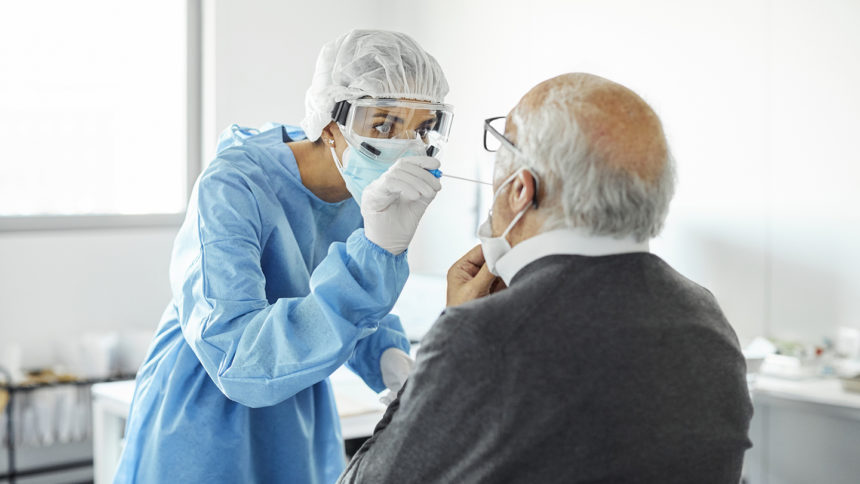
A new program pledges up to $20,000 to South Dakota long-term care facilities that want to enhance infection prevention at a time when other COVID-era support is waning.
Nursing home infection control became a more significantly part of daily activities as facilities worked around the clock to institute measures to combat the spread of COVID-19 and in the wake of final federal guidance on the infection preventionist position.
In July 2022, the Center for Medicare and Medicaid Services said that nursing homes needed an infection preventionist with “specialized training onsite at least part-time to effectively oversee the facility’s infection prevention and control program.” At the time, McKnights reported that an IP needs time to “properly assess, develop, implement, monitor, and manage the infection prevention and control plan for the facility, address training requirements, and participate in required quality committees.”
South Dakota’s health department has said its new grants could help improve those programs or help recruit the people needed to fill them.
Those requirements, though, are daunting when rule meets reality. That’s especially true given that CMS did not require facilities to hire a full-time employee infection preventionist. Instead, many facilities, especially small- to medium-sized buildings, still need their IP to take care of other responsibilities.
“The infection preventionist rarely has the time to dedicate towards IPC responsibilities as they are often pulled to work the medical cart or fill in the gaps with nursing shortages,” Buffy Lloyd-Krejci, PhD, an expert in infection prevention and control in nursing homes, told McKnights last week. “We must begin to prioritize the full-time infection preventionist role if we ever hope to decrease the harms and deaths associated with infections within this vulnerable population.”
The vice president for Nursing and Clinical Services at Good Samaritan Society, which operates more than a dozen long-term care facilities in South Dakota, said the funds will be useful when it comes to managing infection control and prevention.
“While we face staffing challenges in nearly every community, finding qualified caregivers, including infection preventionists, is even more difficult in rural areas,” Rochelle Rindels said in a statement Thursday. “Many of our IPs are licensed nurses that we have grown and advanced into the IP role. Often times, when this position is open at one of our locations, the duties and program management falls to the Director of Nursing, which can lead to increased burnout.”
The South Dakota Department of Health’s announcement of the grant programs said the funds are intended to incentivize recruitment and retention. The department is using $2.5 million from the CDC’s Epidemiology and Laboratory Capacity Cooperative Agreement to fund the grants.
Still, at least one provider advocate said that the state’s suggestion that grants be used for salaries or upgrading part-time workers to full time falls flat.
“This funding is a one-time award,” said Tammy Hatting, chief operating officer for the South Dakota Association of Healthcare Organizations. “It would not be feasible to use the funding for an extra [full-time employee] or salary boost since it would be impossible to apply one-time funding to ongoing expenses.”




